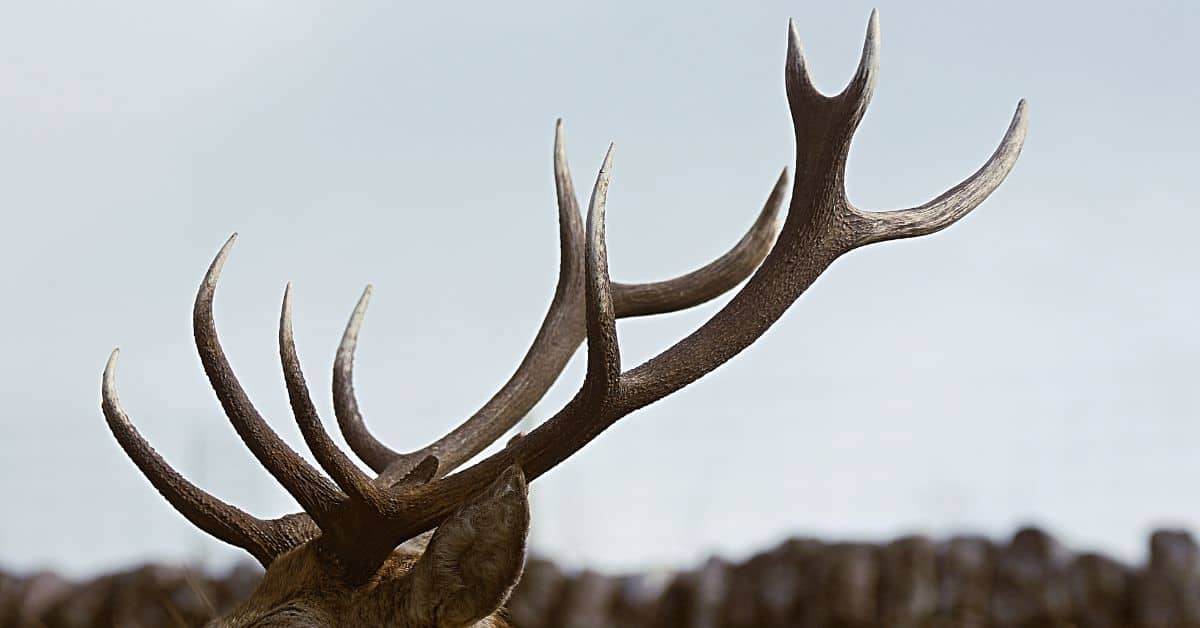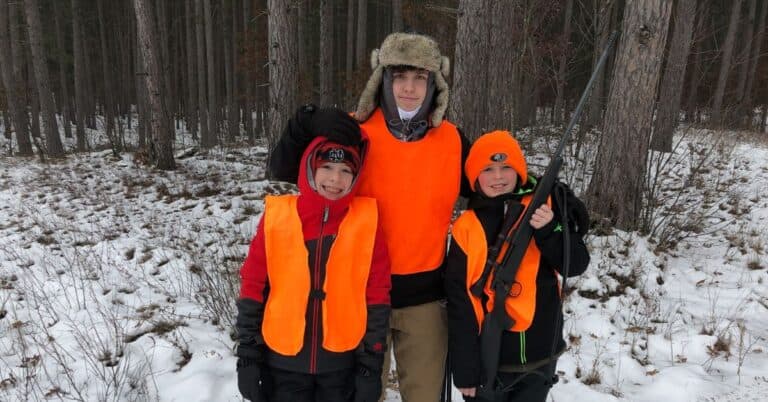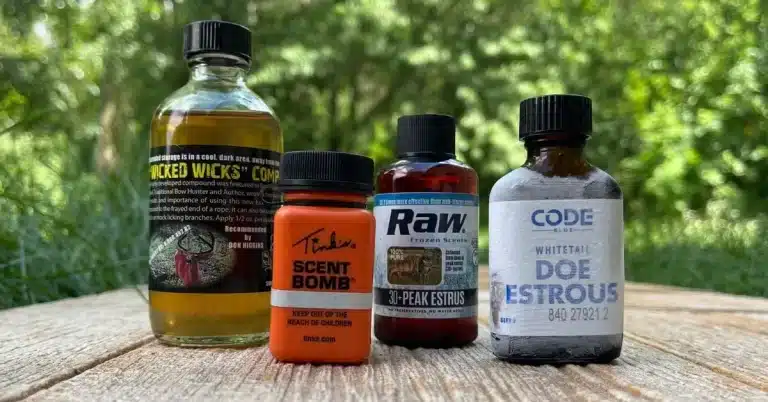How to Count Deer Antler Points
Busting Two Myths about Antler Growth.
The bigger the rack the bigger the bragging rights. The size of antlers on a buck is judged by how many points they have. Deciphering the antler points adds a layer of excitement when deciding whether to shoot a deer or not. This beginner’s guide aims to provide an expanded definition and introduction to counting antler points.
Deer antler points signify the unique characteristics and growth patterns of a deer’s antlers, revealing its age, genetics, and health. Counting deer antler points is a hunting tradition and a part of the stories we tell each other.
Mythbuster #1: Antlers Grow Symmetrical Points
I recently had a talk with my wife about antlers and had to correct a few misunderstandings she had. First, contrary to the assumption that deer grow points symmetrically, there’s often asymmetry between the sides. To count them effectively, I use a “hang a ring on it” test. The unofficial rule is: if a ring can hang on a point without falling off, it’s considered scorable. This simple approach allows hunters to make quick assessments in the field.
Whether a deer has symmetrical or asymmetrical points on their antlers, ultimately does not matter. Your point total is the sum of both antlers, and it’s ok if each side is different.
Mythbuster #2: Age Affects Antler Size
My wife also asked: “Does the age of the deer tell you how old it is?” The answer is no. While antlers themselves don’t reveal a deer’s age, there’s a fascinating correlation between age and the scoring process. To age a deer, focus on the teeth and jawbone. The presence of molars at years two and three becomes crucial information. However, when it comes to counting antler points, a standard length is often applied. The “ring test” serves as a helpful tool, indicating if a point is eligible for scoring.
What affects the size of deer antlers?
Her misunderstanding that age affects antlers was interesting to me. And I explained that what impacts the size of Buck’s rack is genetics and diet. Deer farms play a huge role in breeding bucks with impressive genetics, resulting in larger antlers. It’s akin to breeding purebred dogs; if a deer displays exceptional genetics and grows giant antlers, breeding it can lead to offspring with similar traits.
Understanding how deer families work and what they eat helps us know why some deer have impressive antlers. The genetics of a deer affect antler growth. Some deer families will naturally grow large, symmetrical antlers. That’s why you see some bucks with beautiful racks year after year. However, some deer have small antlers due to poor genes or poor diet.
Deer eat things like leaves and grass, acorns, beets, corn, and soybeans. Where they live and what they eat makes a big difference. If they have lots of healthy options, they’re more likely to have big, strong antlers.
Special Antler Characteristics
When it comes to tagging a deer, understanding the influence of genetics and diet becomes crucial. Deer farms strategically breed deer to perpetuate the traits that impress, leading to the growth of massive antlers. Additionally, some deer may exhibit a unique characteristic known as a “drop tine,” where an antler grows downward, adding a distinctive touch to the hunting experience.
Exploring Rare Antler Traits
The world of antlers is broad, with deer occasionally boasting over 20 points, growing in various directions. Drop tines and palmated antlers, resembling those of a moose, are rare but captivating features. While uncommon in the wild, deer farms may yield these intriguing variations, adding an element of surprise to the hunting experience.
Hunters will often start discussions on Reddit about unique deer they saw. We enjoy sharing unique sightings to find others with similar experiences. It builds community. And almost every hunter can be seen looking out into a field while driving down the road, in search of deer. That’s one reason my wife likes to drive when it’s close to sunset and she knows deer will be moving more.
Official Deer Point Counting
More experienced hunters may aim to have their deer officially scored and recognized by relevant authorities. Officials follow standard measurements to count antler points on deer. There are specific criteria they have to consider. Understanding the counting process and that there is a waiting period for antlers to dry out is crucial. The waiting period can be up to 60 days in Michigan. It ensures fairness and accuracy in assessing the size and quality of deer antlers.
The Legacy of Deer Antler Points
Counting deer antler points is more than just accurate measuring; it’s a journey into the intricate world of deer hunting traditions. The simplicity of the ring test, the impact of genetics on antler growth, and the discovery of rare antler characteristics all contribute to the allure of the hunt. Whether you’re a novice or a seasoned hunter, this comprehensive guide aims to enhance your understanding and appreciation of the fascinating realm of deer antlers. We are here to help beginner hunters and hope you’ll return to read more.







